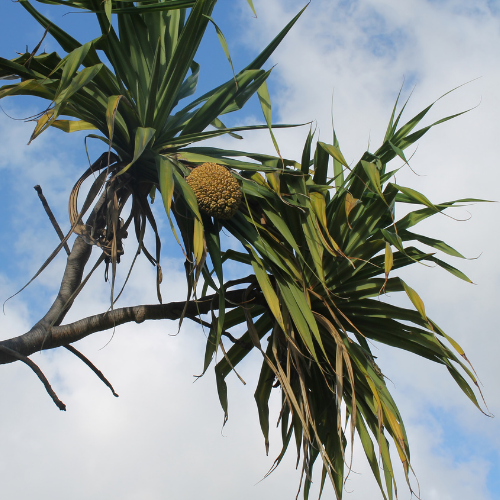Chag Sukkot
Festival of Booths
Chag Sukkot is celebrated on the 15th day of Chodesh Shvi’i (Seventh New Moon), at the full moon. The Festival of Sukkot lasts 8 days with the first and last day being Shabbat-like holy days where all work is forbidden. During the time of the yearly festival, the congregation of Yisrael had to construct a sukkah (booth) and stay in it for 8 days. The first day of the festival is the set-apart day called the Festival of Asif (Festival of Ingathering), a day of reaping the benefits of all our works. It occurs after the harvest in the fall and is a time of fulfillment and rejoicing. The Festival of Sukkot is one of 3 pilgrimage festivals appointed by the Scriptures and is the only festival associated with an explicit commandment to rejoice.

The Hebrew word sukkot is the plural of sukkah, in English it’s interpreted as booth or hut.
A sukkah is a temporary structure with outer walls and a roof constructed of leafy tree branches. It was a dwelling that farmers occupied during harvest time.
The Festival of Sukkot is a time for remembrance of the feeble habitats occupied by the Hebrews during their 40 years of wandering in the desert after their emancipation from slavery in Mitsrayim.
Yahweh established the Festival of Sukkot to ensure that the congregation of Yisrael would always remember their journey in the desert, from Mitsrayim to Canaan (Israel/Jordan), when they had to live in booths.
Mosheh often warned the Hebrews not to forget Yahweh their Elohim, who redeemed them from slavery, once they entered the land of milk and honey. Living in booths for a week is a tangible reminder of Yahweh’s provision in the wilderness for the congregation of Yisrael and that their bountiful life in Canaan was on account of Yahweh’s grace. It was Yahweh who had brought them to the Promised Land, and it is Yahweh who will take everything away if they do not follow his laws, statues and judgments; specifically commemorating their journey.

Sukkot is a time for the Hebrews to remember the great harvest they just completed, the wealth they have achieved, and the freedom they gained all happened entirely through the grace of Yahweh.
Like most of the ancient Hebrew festivals, its first day is a set-apart day for holy convocation derived from agricultural customs and revolves around the Exodus of the Hebrew slaves. However, unlike any other festival, it has an 8th day, tacked on at the end of the usual 7-day festival cycle.
The 8th day brings the Sukkot period to its state of perfection. A day held back in order to complete the cycle; the seed gone underground in apparent death, only to give new life in the Spring.
A sign of the commencement of the impending winter, of having less, of internalization and starting over again, that moment when the Hebrew people no longer had to live in booths.
It represents a moment in time that hasn’t happened yet, the moment of fulfillment when all work is complete, like when the congregation of Yisrael could enter the Promised Land. It is symbolic of the moment of Mosheh’s death: a death that moves at once towards new life, towards the people crossing the River Jordan into Canaan, the Promised Land.
Like other festivals, it is also prophetic. The Festival of Sukkot is a look to the future, when the new heaven and earth are formed. As it declares in the Scriptures, even after the new heaven and new earth are formed, all nations must still go up year after year to worship the King, Yahweh of Hosts.
To see more information about this topic or other religious topics, you may check the books and magazines available at www.wisdomebooksclub.com or visit our peals of wisdom page page by clicking on this link to access more interesting blog articles, games, quizzes, music videos, religious poems, Jewish recipes, popular sermons, and more.
